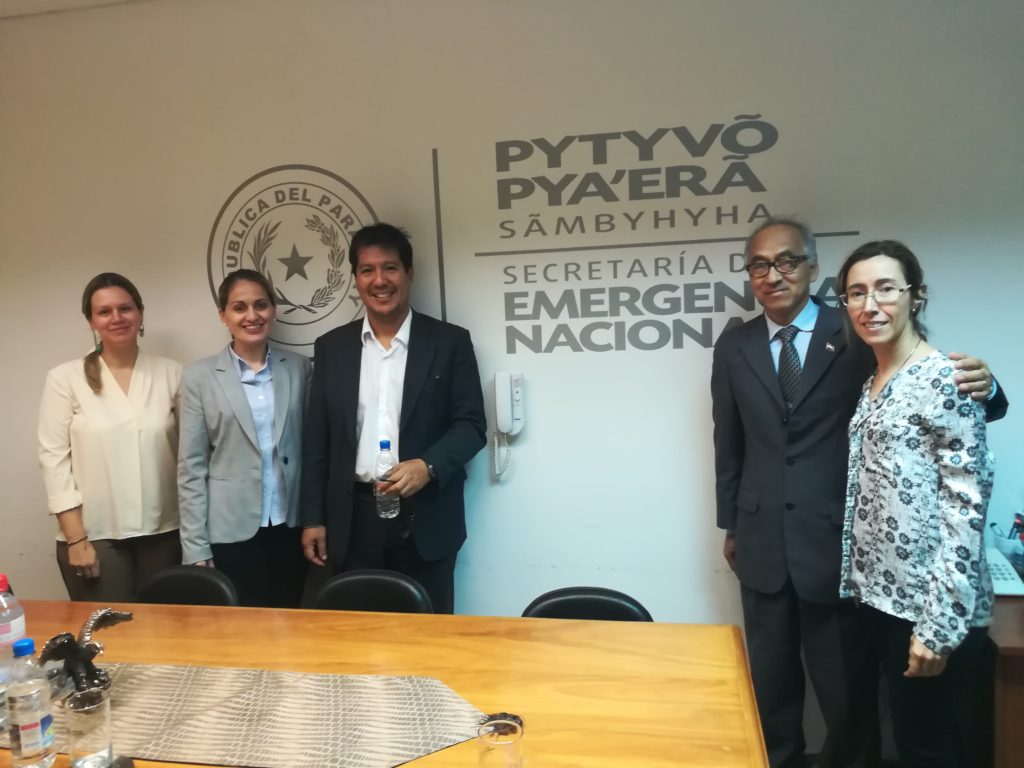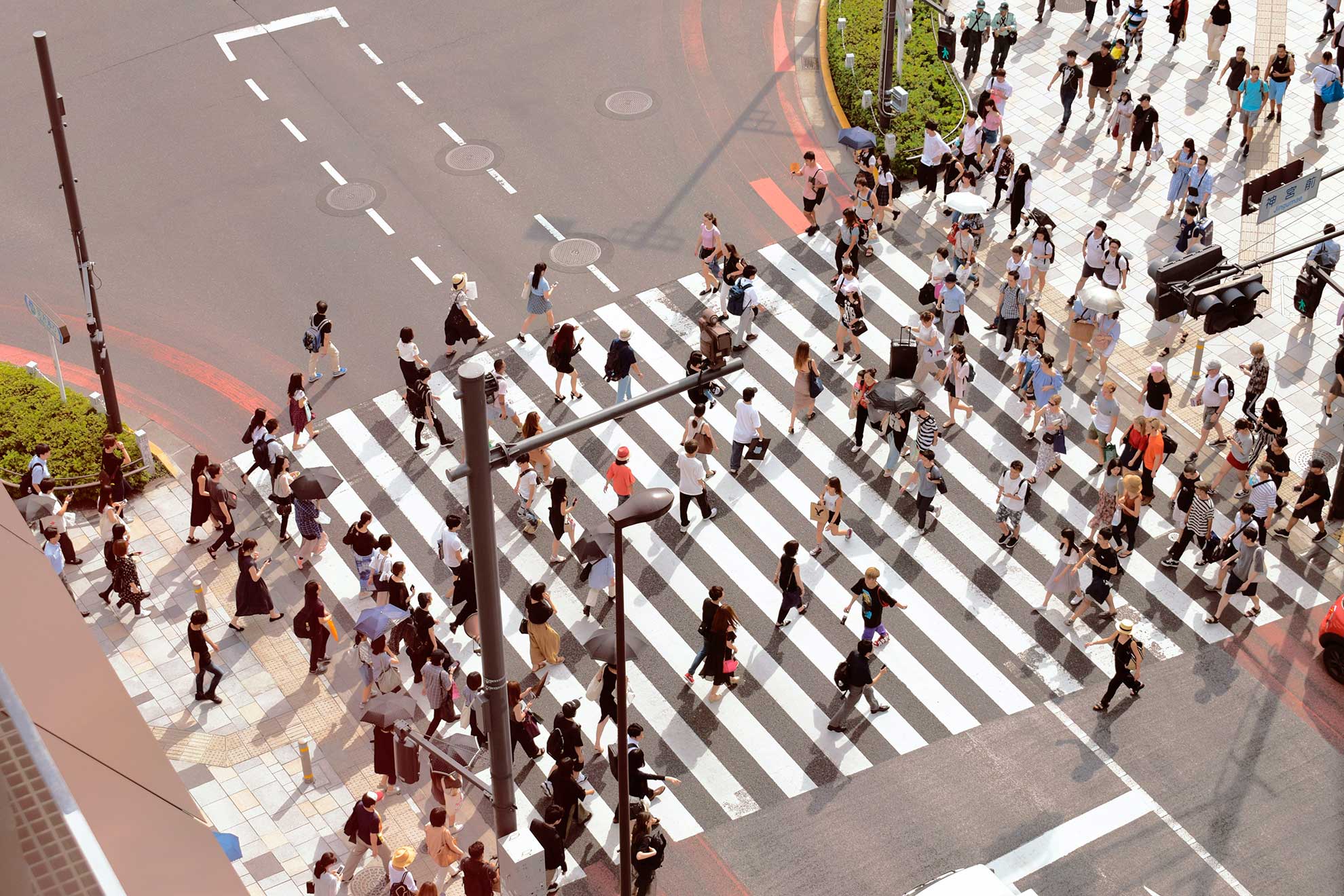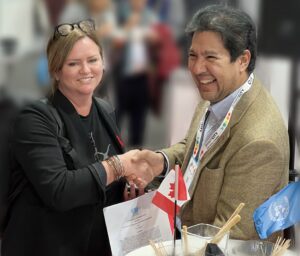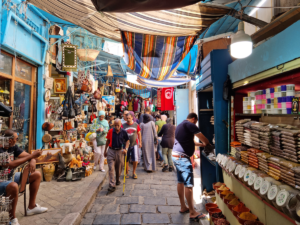In the framework of the joint initiative between the European Commission, UNISDR and UN-Habitat, ‘Making Cities More Sustainable and Resilient’, UN-Habitat has initiated a series of training sessions for technicians from the cities of Asunción (Paraguay) and Maputo (Mozambique).
Asunción and Maputo are two of the pilot cities already implementing UN-Habitat’s City Resilience Profiling Tool, with Port Vila and Dakar set to receive the training in the future as part of the Tool’s implementation.
In Asunción, workshops and meetings were programmed during the first week of November to train staff from the local government on how to effectively implement the Tool and improve the capacity of the city to respond to hazards over the long-term. The initial stages of implementation involve data gathering from across the entire city to identify potential resilience actions and priorities. A special focus will be given to the water cycle in Asuncion, as both a resource and challenge for the city through flooding, droughts, contamination etc.
In the words of the Mayor of Asunción, “one of the priorities for our cities established in the working plan Asunción somos todos (We are all Asunción), is to increase and improve our capacity to deal with disasters.”

In September, members of UN-Habitat’s urban resilience team travelled to Maputo for a one-week mission and participated in numerous capacity building sessions with key people from the city council. Furthermore, two technical staff members from the City Council of Barcelona also travelled to Maputo to share their experiences implementing the Tool within this cooperation.
During the training session in Maputo, the Mayor highlighted during his opening speech that, ‘Urban resilience should create the necessary conditions so that no event, natural or human-made, negatively affects the residents of Maputo, including the basic services in the city. Urban resilience will ensure that the functionality of the city is not compromised and all citizens feel safe’.
UN-Habitat will seek to replicate these positive examples of city-to-city collaboration in the future in line with approach called for in the New Urban Agenda and 2013 Agenda.






